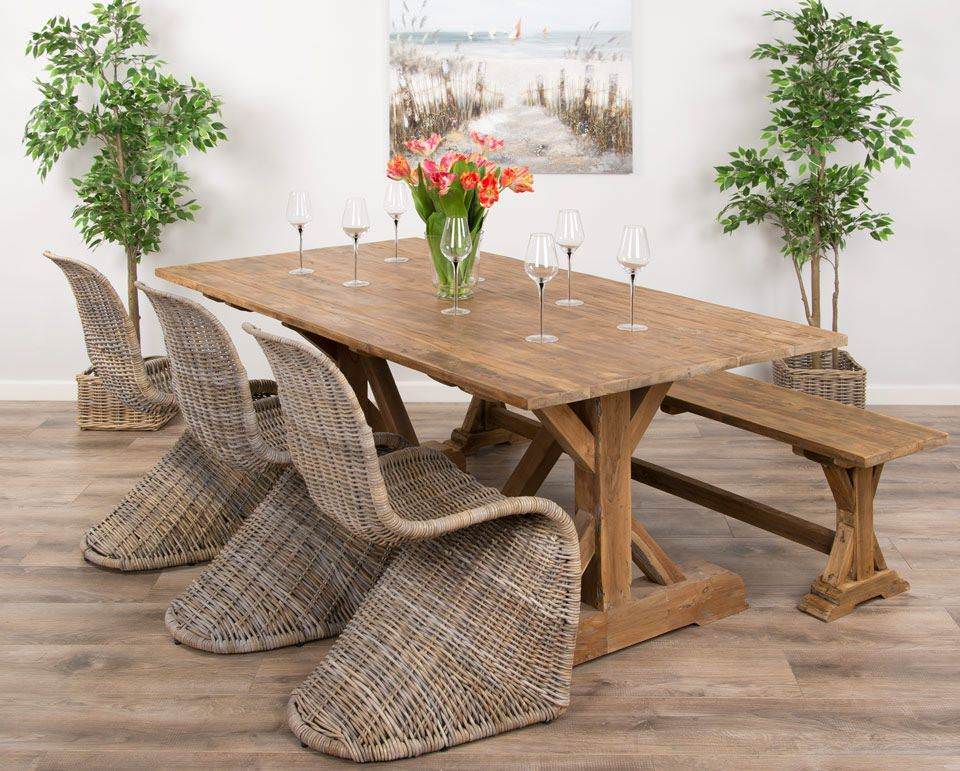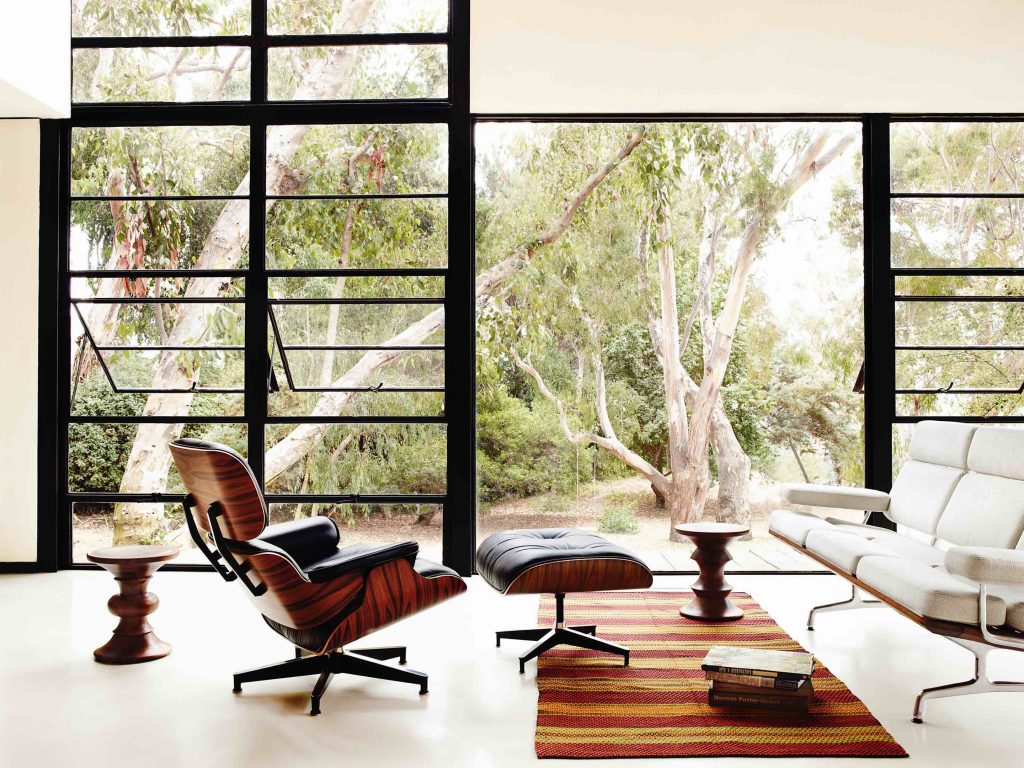3 Ways Consumer Tastes In Interior Design Are Changing
Nov 03, 2021 | Dillon Gohil
 Interior design is an important yet (previously) overlooked aspect of our lives. Through media popularisation including TV shows such as ‘60 Minute Makeover’, over the years people have started paying more and more attention to interior design and the aesthetic of their households and/or workplace.
Interior design is an important yet (previously) overlooked aspect of our lives. Through media popularisation including TV shows such as ‘60 Minute Makeover’, over the years people have started paying more and more attention to interior design and the aesthetic of their households and/or workplace. The COVID-19 pandemic only aided in changing people’s tastes in interior design as we found ourselves spending less time out and about and more time in our abodes, becoming increasingly aware of our daily surroundings and understanding the importance of making our homes as flexible and adaptable as possible (e.g. creating an office space or gym).
Here are 3 major factors that are changing consumer tastes:

1) “WFH” – Working from home, as most of us are familiar with by now, is playing a huge role in altering trends. With many of us opting to remain remote when/if possible, the idea of a home office is now at the forefront of our minds. It’s possible we now find ourselves redecorating the guest room to our new office space rather than carrying on with makeshift desk set-ups. In addition to working from home, many of us have also gone about ‘working out from home’, once again transforming unused spaces such as garages, attics and spare rooms into mini gyms in order to keep fit. It’s plausible these things may stick with us going on from here so that within the next 5-10 years, a house having a built-in office or gym may be higher on everyone’s checklist than it was prior.

2) Sustainability – Oh yes, the S-word. Sustainability in interior design seeks to create long-lasting, high-quality designs whilst simultaneously keeping pollution and environmental impact as low as possible. We live in a time where the issue of climate change hangs over us like a dark cloud – we see corporations get pressured by the public to be ethically responsible and this has trickled down to our own personal lives, where we are becoming more self-conscious about reducing our own damage to the environment. Buying fair trade goods, buying vintage furniture from local or online marketplaces and prioritising eco-friendly materials are some examples of how we are shifting to more sustainable design choices within our environment.

3) Tradition – Every now and then, if you spend as much time on Twitter as me, you’ll come across a popular tweet of someone sharing pictures of a Victorian or Edwardian-era house before and after going through a modern renovation with the caption often simply being “why?”. Attitudes towards technology-heavy modern houses are starting to shift and many seem to be along the lines of ‘reject modernity, embrace tradition’, especially when it comes to homes and furniture. Pages on Instagram and Twitter will show you the recent interest in mid-century and space-age design, something fashion-forward people have been congregating around for a while and that is likely to spill over to the mainstream in due time.
Consumer tastes are changing, and it goes without saying that the pandemic only aided in this process as we have more time to explore our own personal tastes and reconsider the impact we have on the environment around us.
Recommended



Wholesale / B2b Kathputli Puppets From Ahemdabad
Dec 16, 2024





